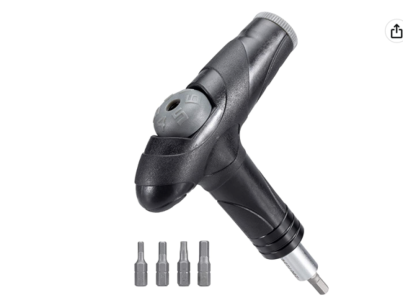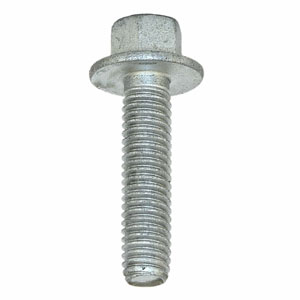Having an official torque specification for the printers would be very useful, in my opinion. During my 2.4 build, I broke a few printed parts due to over-tightening. Bolts going loose also seems to be a common issue for many people.
Most of the torque tables found online are based on bolt strength. In many mechanical assemblies, the bolts are intentionally designed to be the weakest part since it is much easier to replace a stripped bolt than a stripped tapped hole on an expensive part. However, this is not the case for our 3D printers. The 3D-printed parts and heat inserts are more likely to fail before the 10.9 bolts do.



